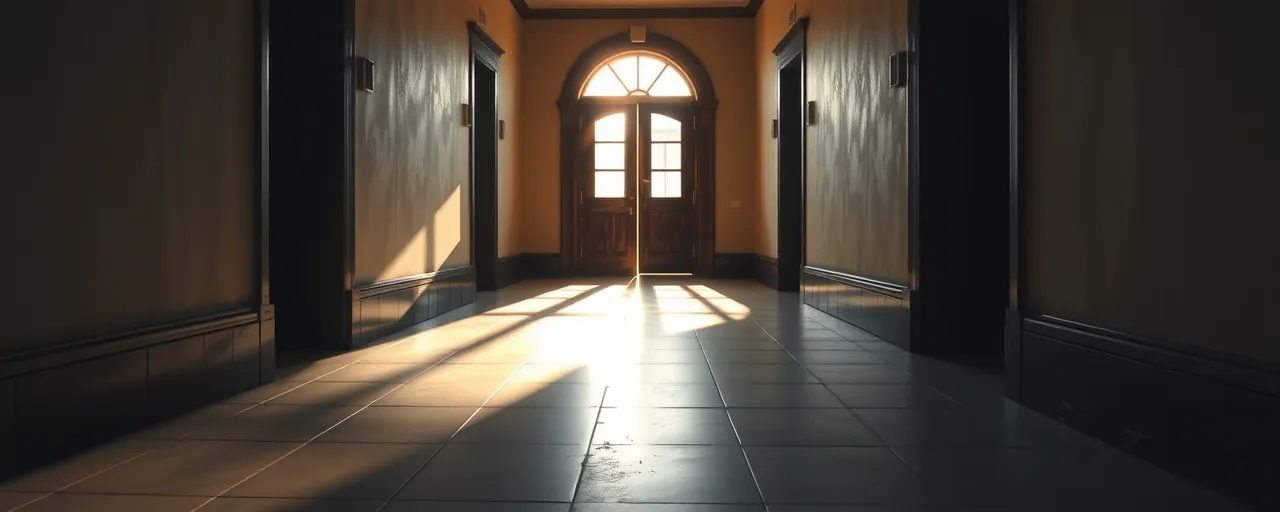A Game-Changer for New York Schools
New York is rewriting the rules for its classrooms. Beginning in the 2025-26 school year, all K-12 public, charter, and cooperative educational schools will prohibit smartphones and other internet-enabled personal devices during the entire school day. This policy, unveiled by state leaders, makes New York the largest state to enforce such a sweeping restriction, aiming to foster environments where students can concentrate on learning.
The decision stems from statewide conversations with educators, parents, and students, driven by worries about smartphones hindering academic progress and mental health. With $13.5 million allocated to help schools store devices securely, the state is betting on a future where education takes precedence over digital distractions. Yet, this bold step raises questions about its impact on students and families.
The Case for a Phone-Free School Day
Evidence supports the push for change. Research links heavy smartphone use, especially on social media, to increased anxiety, depression, and sleep problems in teens, with girls particularly vulnerable. In schools, phones often pull focus from lessons, weakening engagement and creativity. Proponents of the ban argue that eliminating these devices during school hours can help students reconnect with learning and each other.
New York’s policy targets the full school day, from classrooms to lunch periods, to create a consistent distraction-free zone. Educators and parent advocates see this as a chance to encourage activities like clubs or sports, which build real-world connections. However, the policy has sparked a lively debate about how schools should navigate the role of technology in education.
Tailored Rules With Room for Flexibility
The policy offers schools leeway to implement it in ways that suit their needs. Administrators can choose storage solutions, such as lockers or pouches, to keep devices secure. Basic phones without internet access are allowed, as are school-provided devices like laptops for instructional purposes. Exemptions cover students with medical conditions, those needing devices for individualized education plans, or situations like emergencies or translation.
To promote equity, the policy bans unfair disciplinary practices and requires input from parents, students, and teachers when crafting local plans. Schools must also ensure parents can reach their children during the day, addressing safety concerns. While this adaptability is a strength, rolling out the policy across varied districts will demand careful planning and resources.
Diverse Perspectives on the Ban
Many embrace the policy as a win for students. Teachers say it clears the way for focused learning, while parent groups highlight the mental health benefits of less screen time. Some students, like one eighth-grader from a Guilderland school, describe their classrooms as more engaged and connected without phones, suggesting the policy could reshape school culture for the better.
Not everyone agrees. Some educators caution that restricting personal devices might limit access to educational tools, particularly for students in districts with limited technology resources. Families in lower-income communities worry about their children losing opportunities to build digital skills. These concerns underscore the need for policies that balance distraction reduction with equitable access to technology.
Part of a Bigger Picture
New York’s smartphone ban aligns with its recent efforts to regulate technology for young people, including a 2024 law limiting addictive social media feeds for minors. Across the country, similar debates are unfolding. States like Florida and Indiana have restricted phones in schools, citing benefits like reduced cyberbullying and better discipline. At the federal level, privacy laws and bipartisan proposals are exploring ways to protect students in digital spaces.
Schools have long grappled with integrating technology while safeguarding students. From 1970s privacy protections to 1990s internet filters, the challenge persists. Today, with thousands of educational tools sharing student data, the stakes are higher. New York’s policy reflects this tension, aiming to prioritize learning while navigating a complex digital landscape.
What Comes Next
Implementing this policy will test schools’ ability to adapt. From securing devices to training staff, logistical challenges loom. The $13.5 million in funding helps, but schools in high-needs areas may require more support to ensure fairness. Ongoing evaluations will be essential to refine the policy as technology and student needs evolve.
New York’s approach could inspire other states, offering a model for balancing technology’s benefits with its risks. The core question is whether schools can create spaces where students thrive without constant digital interruptions. As the state moves forward, the focus remains on fostering environments where learning and connection take center stage.
